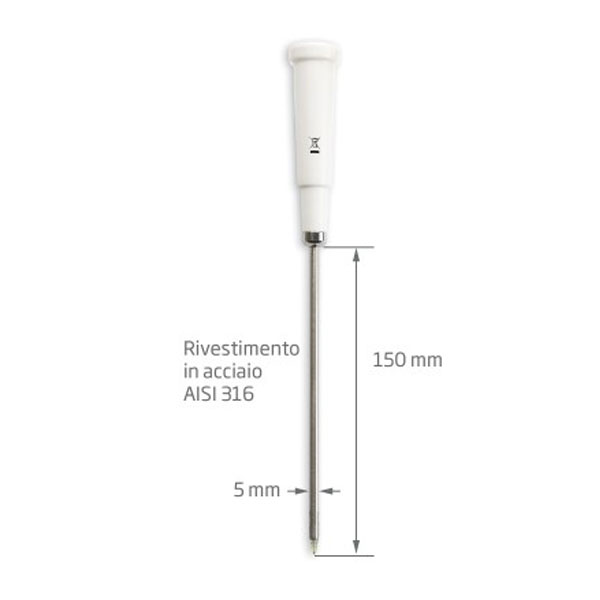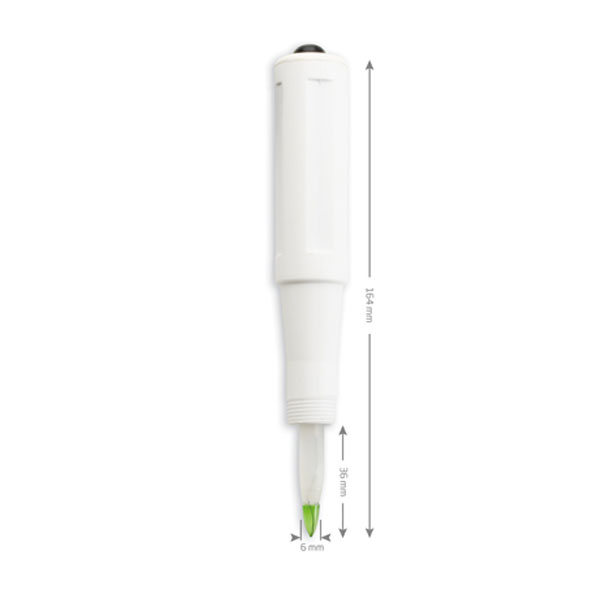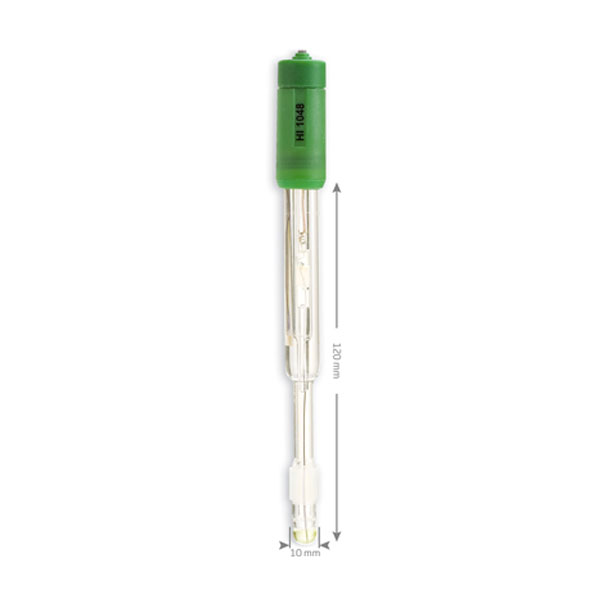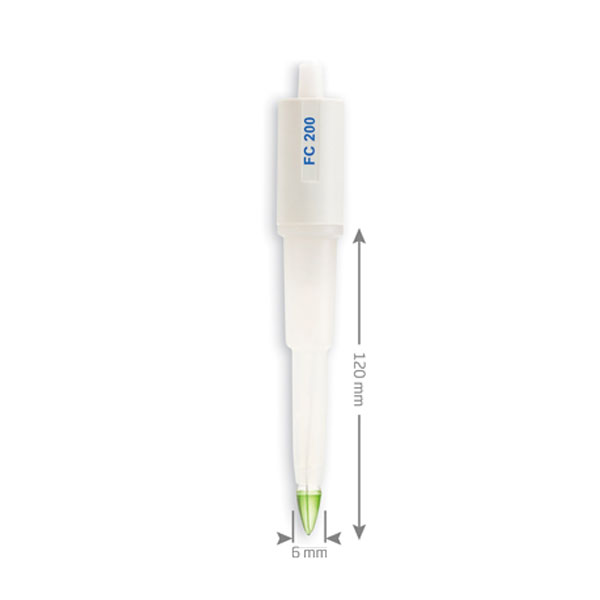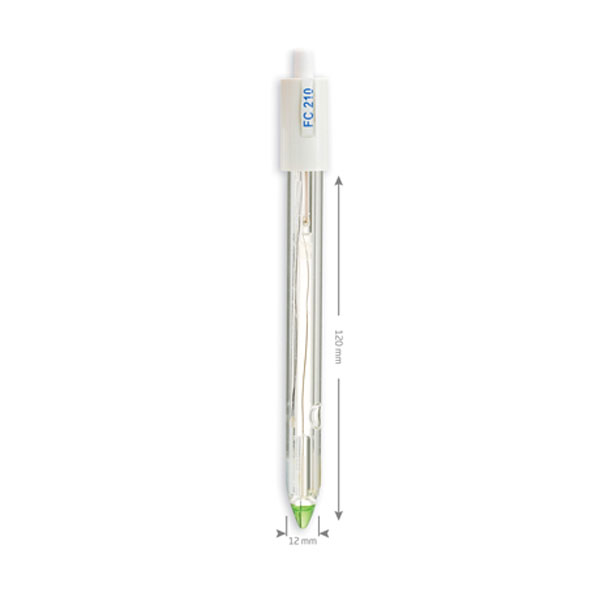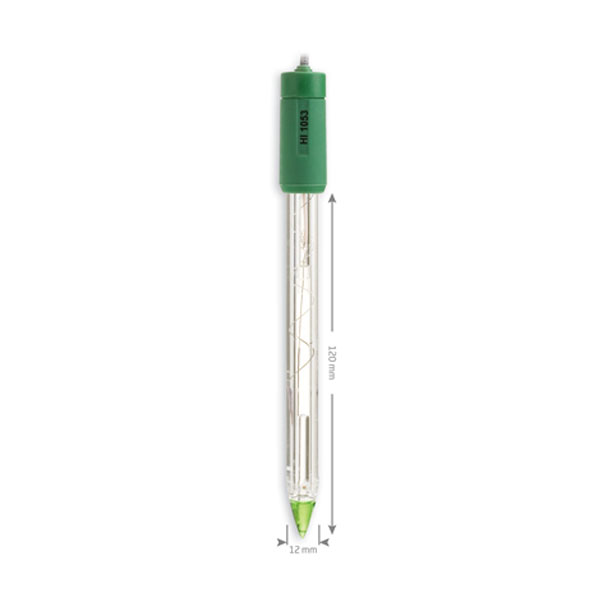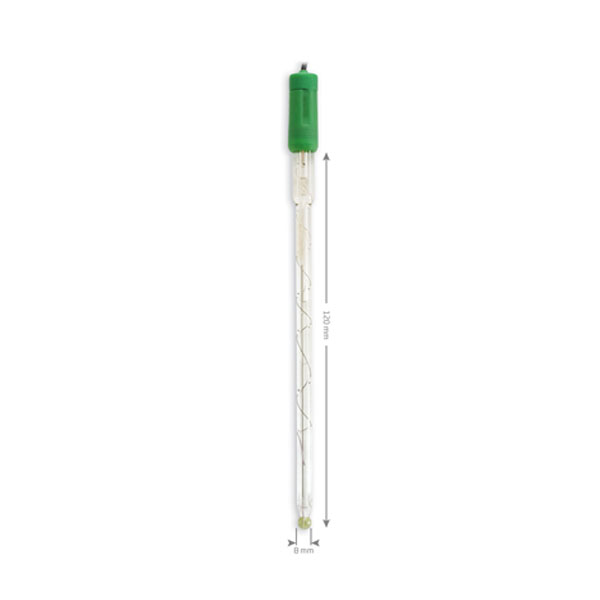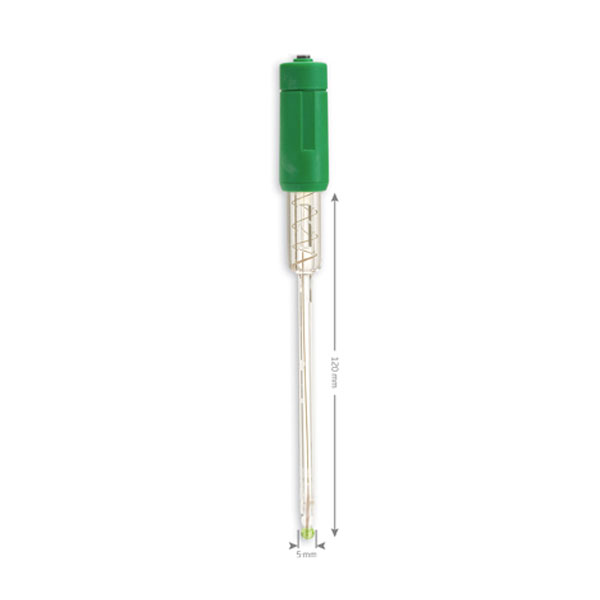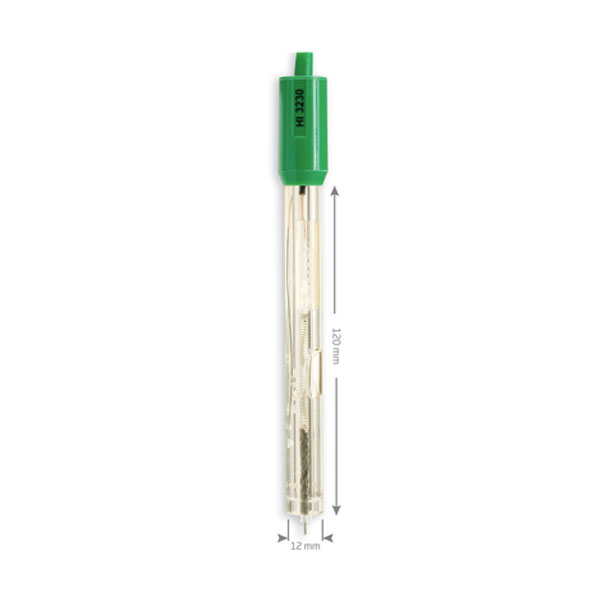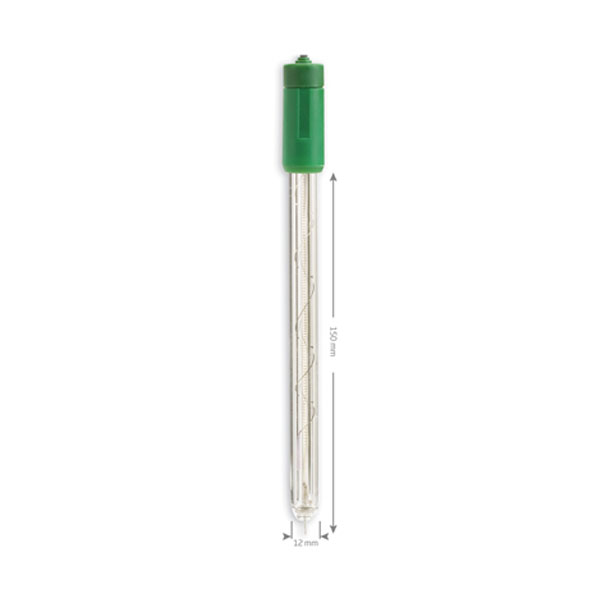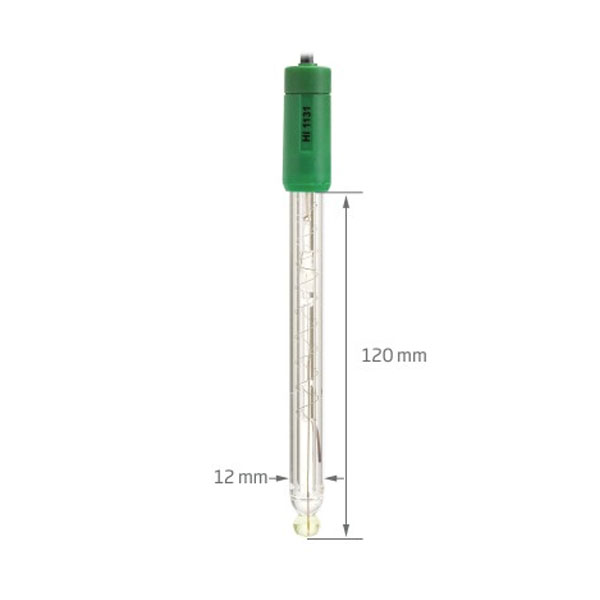The term 'laboratory electrodes' refers to the special measuring instruments needed to detect certain parameters. The electrodes are the physical terminals of the actual instruments.
The electrode is the essential element for measuring laboratory parameters, whether they are aqueous solutions or samples with different materials and densities.
What Electrodes Measure
The most frequent parameters that are measured are pH measurement, temperature, conductivity measured in ORP-Redox i.e. the oxidation parameter, O2 - the dissolved oxygen.
For all measurement parameters, temperature is an important variable to take into account.
In combination models, the parameter measurement is also calculated taking temperature into account. In fact, combined electrodes are referred to as ATC (automatic temperature control) and the temperature is measured at the same time as the main value.
In models where the electrode is not combined, the temperature is measured by a PT probe required to complete the measurement.
The shape of the electrode
The geometry of the electrode changes depending on the sample to be measured. Where it is necessary to measure on the surface of a material, there are models that take the measurement from a flat sensor. Where, on the other hand, it is necessary to measure inside a sample, a choice must be made according to the type of product.
In the case of foodstuffs, a tip is used that penetrates inside the meat or cheese. If, on the other hand, the electrode is to be immersed in a liquid such as water, the standard 'general purpose' model is used.
Obviously, if the liquid is not water but one with a different density, a different specific model must be used.
Depending on the type of sample to be analysed, it is necessary to make the correct choice of electrode, because the wrong choice could damage it or fail to detect the measurement correctly.
This results in longer processing times and higher costs.
The electrode is not the right one for the sample.
It is very different if the measurement is to be taken in an acidic or basic product. The wrong choice of electrode could pollute it and make the result unreliable.
Colaver is available to offer all the information needed to purchase the right electrode for the job.
How the electrode is made.
How are electrodes made
In most cases, the electrode has a glass body. It is easy to clean and offers excellent reliability in terms of contamination risk.
Electrodes with an inert epoxy plastic body, known as Epoxy, are also becoming popular. These have the great advantage of being unbreakable and therefore potentially longer lasting.
All electrodes are usually 12 mm in diameter, but there are also those in micro or semi-micro sizes for specific uses.
Accessories These are also available in micro and semi-micro sizes for specific uses.
Accessories
As specified above, the electrode is the most complex part of the instrument that stores and analyses the measurement. It must be connected to the instrument itself via a cable.
There are models on the market already equipped with a 1 metre long cable. However, it is also possible to find models with an S7 screw head, which allows the connection cable to be interchanged.
If the cable is damaged, this means that you do not have to buy the whole thing.
The connection to the pH meter can be made using the most common standards: BNC plug, DIN plug, or Metrohm (Lemo).
The standard equipment includes a 1 metre long cable. The various types of application, however, also require the purchase of an extension cable for longer lengths.
Other accessories available are the electrode stand with support base for analysis on the laboratory bench.




